During the family barbecue, I got a text: Leave now. Don’t talk to anyone. I quietly stepped away. Soon after, the driveway was filled with flashing lights.
I’m Lucia, and at sixty-five, I’ve learned that family gatherings can be more exhausting than a day of hard labor. This particular Saturday afternoon at my daughter-in-law Amanda’s house was no different. It was the annual barbecue that my son, Robert, insisted we continue, even though the atmosphere had grown colder with each passing year.
ADS 1
Amanda stood by the grill, her blonde hair perfectly styled despite the oppressive July heat, directing Robert as if he were hired help rather than her husband of eight years. She wore one of those expensive, effortlessly chic sundresses that likely cost more than my monthly grocery budget.
“Robert, the steaks are burning,” she called out, her voice carrying that particular, sharp edge I’d grown to recognize. It was the same tone she used when correcting me on how I loaded her dishwasher, or when she’d mention, ever so sweetly, that perhaps I should call before visiting next time.
I sat at the patio table, a forced smile plastered on my face, watching my grandchildren, Emma and Jake, play in the immaculate backyard. I tried to ignore the familiar knot tightening in my stomach, the one that always formed when I was around Amanda. Eight years, and I still felt like an unwelcome guest in my own son’s life.
“Grandma Lucia, watch this!” Emma called, attempting a cartwheel that ended in a giggling heap on the perfectly manicured lawn. At seven, she still saw me as someone worth impressing. I wondered how much longer that would last under Amanda’s subtle, corrosive influence.
“That was beautiful, sweetheart,” I called back, meaning every word. These fleeting moments with my grandchildren were the only reason I endured these increasingly tense family events.
Amanda appeared beside me, holding a glass of wine that was clearly not her first. “Lucia, we need to talk about something.” She sat, uninvited, positioning herself so close I could smell her expensive perfume mingled with the sharp scent of Chardonnay. My heart rate quickened. Conversations that began with “we need to talk,” in Amanda’s vocabulary, rarely ended well for me.
“Robert and I have been discussing the children’s future,” she began, her voice taking on that practiced sweetness that never quite reached her eyes. “We think it might be time to establish some boundaries. About visits and… well, influence.”
I felt my mouth go dry. “What kind of boundaries?”
“Oh, nothing dramatic,” she said with a wave of her manicured hand. “Just some structure. You know how confusing it can be for children when they get mixed messages about values and expectations.”
Mixed messages. As if my love and attention were somehow a corrupting force in her perfect family dynamic. As if a grandmother’s affection was a threat to be managed.
Amanda’s smile tightened. “Well, for instance, when you tell Emma that it’s okay to get dirty playing outside, it undermines the standards we’re trying to set about taking care of nice things. And when you give them candy before dinner, it contradicts our nutrition rules.”
I stared at her, the carefully chosen, condescending words landing like tiny, sharp stones. Eight years of walking on eggshells, of second-guessing every hug, every story, every small gift, and now this. She was telling me, in the kindest possible way, that my very presence was a problem.
“I see,” I said quietly, my voice steadier than I felt.
Before I could process the full weight of her edict, my phone buzzed on the table. A text from a number I didn’t recognize.
Walk away. Don’t talk to anyone. Now.
I stared at the screen, my brain struggling to connect the cryptic command to the suburban tableau in front of me. Walk away from what? Who was this? My phone buzzed again, the same message, this time in all caps, a silent, digital scream.
WALK AWAY. DON’T TALK TO ANYONE. NOW.
“Excuse me,” I murmured to Amanda, standing on legs that felt suddenly unsteady. “I need to take this.”
I moved toward the side gate, the normal sounds of the barbecue—Robert calling out about a game on TV, the children laughing—fading behind me. I stepped onto the sidewalk just as the first police cruiser rounded the corner, its lights flashing but siren silent. Then another. And another. Within minutes, Amanda’s perfect, tree-lined street looked like a scene from a movie. Officers in tactical gear emerged, radios crackling.
I sat in my car, engine running, watching my son’s life implode in real time. My phone buzzed again. Same unknown number.
Are you safe? Don’t go back. I’ll explain everything later.
As I drove away on autopilot, one thought echoed in my reeling mind. The woman who had just been lecturing me about family values was now watching police officers march up her pristine walkway. And somehow, someone had known it was going to happen. The perfect family barbecue had become the day everything I thought I knew began to unravel.
I drove aimlessly before pulling into a McDonald’s parking lot, my hands still trembling. My phone rang. Robert.
“Mom, where did you go?” His voice was strained, confused. “The police are here. They want to talk to everyone.”
“I… I wasn’t feeling well,” I lied.
“Mom, this is serious. They’re asking about Amanda, about her computer, her business dealings. They’re saying she might have been using other people’s information… opening accounts, applying for credit cards. But that’s impossible, right? Amanda would never…”
His voice trailed off, the question hanging in the air. I thought about all the times Amanda had asked seemingly innocent questions. My maiden name for “family tree research.” My Social Security number for “emergency contact forms.” Details about my late husband’s finances while she was “helping me organize my paperwork.” Each memory was a puzzle piece clicking into place, forming a picture I had been too trusting to see.
“Robert,” I said carefully. “Has Amanda ever had access to my personal documents?”
The silence on the other end was telling. “She… she helped you organize Dad’s estate papers last year,” he finally said, his voice small. “And she’s been handling some of your bills, since you’ve been having trouble with that new online banking system.”
My stomach dropped. I hadn’t been having trouble with online banking. Amanda had convinced Robert I was struggling with technology, that I needed her help. I thought she was being kind.
“She also helped you with those credit card applications,” Robert continued, his voice growing more uncertain. “The ones for building your credit score. She said it was important for seniors to maintain good credit.”
Credit cards I’d never seen. Bills I’d never received. A sick feeling spread through my chest as the scope of her deception became clear. I had been systematically groomed.
“Mom, I’m scared,” he whispered. “What if this is real? What about the kids?”
“We’ll figure it out,” I said, though I had no idea how.
After I hung up, my phone buzzed again with a text from the unknown number.
Are you somewhere safe? Don’t go home tonight. She might know you received a warning.
Who is this? I typed back.
Someone who knows what Amanda is capable of. Get a hotel. Pay cash.
Why should I trust you?
Because 3 months ago, Amanda tried to have you declared mentally incompetent to get power of attorney over your finances. I have the paperwork. She only backed down when Robert refused to sign.
The phone slipped from my hands. Mentally incompetent. The conversations about my struggles with technology, my “confusion” over bills—it had all been part of a larger, more sinister plan. She hadn’t been trying to help me; she had been trying to legally seize control of my life.
Who ARE you? I typed, my fingers shaking.
Someone who was almost another one of her victims. Meet me tomorrow. 10 a.m. Riverside Park, near the duck pond. Come alone. I have things you need to see.
That night, in a seedy motel room that smelled of stale cigarettes, I replayed the last three years in my head. Every kind gesture from Amanda now seemed calculated. Every offer of help, a strategic move to gain access. She hadn’t just been a difficult daughter-in-law; she had been a predator, and I had been her prey.
The next morning, a woman with short brown hair and tired, knowing eyes sat down beside me on the park bench. “Lucia?” she asked quietly. “My name is Diana. Until six months ago, I was Amanda’s business partner.”
She opened a manila folder. Inside were photocopies that made my blood run cold: my Social Security card, my birth certificate, credit applications filled out in a painstakingly forged version of my handwriting.
“She’s good,” Diana said, her voice flat. “It took me weeks to spot the differences.” She told me her story. Her mother had died two years ago. Amanda had contacted her, posing as a consultant who helped families manage estate planning. The story was eerily similar to my own. “She targets women who’ve recently lost their husbands,” Diana explained. “Women who are grieving, isolated, and grateful for help.”
But Amanda wasn’t just a small-time fraud. “She was running an entire operation,” Diana said. “At least twelve other victims that I know of. And Lucia… I don’t think she met Robert by accident. I think she targeted your family specifically. You fit the profile of her ideal victim: recently widowed, trusting, and with a son who would appreciate having someone take the burden of your financial care off his shoulders.”
The manipulation was breathtaking in its scope and cruelty. Every family dinner, every sweet gesture, had been a calculated move in a long con.
“Why didn’t you go to the police sooner?” I asked, my voice a hoarse whisper.
“I tried. But Amanda is smart. She has contingency plans. When I started asking questions, she convinced my own brother I was having a breakdown from grief. It’s her standard defense: if the victims get suspicious, she questions their mental capacity.” She looked at me, her eyes filled with a grim understanding. “And Lucia… Amanda doesn’t leave loose ends. Two of her previous victims died under suspicious circumstances. Both were elderly women who had started asking questions.”
The fear that had been simmering inside me for twenty-four hours crystallized into something sharp and immediate.
“She knows someone tipped you off,” Diana warned. “And right now, you and I are the biggest loose ends in her operation.”
As I drove to meet Robert at his elementary school playground, Diana’s words echoed in my mind. How do you tell your son that his wife never loved him, that their entire marriage was a lie designed to get to you?
He was sitting on a bench, looking older than his thirty-five years. “Mom,” he said, his voice hollow. “I’m so confused.”
Over the next hour, I told him everything. I watched his face crumble as he processed the truth—the calculated targeting, the systematic fraud, the attempt to have me declared incompetent.
“She researched us,” he said finally, his voice filled with a dawning horror. “Before we ever met. Our first date… she asked so many questions about you and Dad. I thought she was being caring.” He laughed, a bitter, broken sound. “She was doing research.”
“Robert, this isn’t your fault.”
“But I let her in, Mom. I gave her access to hurt you.” Tears streamed down his cheeks. “How do I tell Emma and Jake that their mother is going to prison?”
ADS 2
It was then that he told me something that made my blood run cold. “Amanda had been talking about moving,” he said. “A fresh start in another state. I think… I think she was planning to run.” And if she had, I would have been left behind, my identity stolen, my finances drained, and perhaps, eventually, silenced for good.
He stood up, his grief solidifying into a hard, cold anger. “Mom, I want to help the police. Whatever they need from me, I want to do it. She didn’t just steal from you. She stole eight years of my life. She stole my children’s security. I want her to face consequences for all of it.”
As we gathered the children, I felt a strange sense of solidarity with my son for the first time in years. We were on the same side, fighting the same enemy. The nightmare was far from over, but for the first time, we were facing it together.
In the end, it was Robert’s testimony, combined with Diana’s evidence and my own financial records, that built the ironclad case against Amanda. The investigation uncovered a sophisticated fraud ring that had victimized dozens of families across three states. Amanda, facing a mountain of evidence, agreed to cooperate in exchange for a reduced sentence. She signed away her parental rights without a fight. She had never been a mother; the children were just props in her elaborate scheme.
Explaining it to Emma and Jake was the hardest thing Robert and I ever had to do. But in the months that followed, we built a new kind of family, one based on honesty and unconditional love, not manipulation. The barbecue that had started this ordeal was the last one we ever had at that house. A year later, Robert and the kids had moved into a smaller, more modest home, one they could actually afford. I spent my weekends there, not as a guest walking on eggshells, but as a grandmother, a mother, a cherished part of their lives.
One sunny Saturday afternoon, as I pushed Jake on the swing, I reflected on how completely our lives had transformed. A year ago, I had felt like an unwelcome intruder. Now, I was exactly where I belonged, at the center of a family that valued my presence and protected me as fiercely as I protected them. The price of loyalty, I had learned, wasn’t blind trust. It was vigilance, honesty, and the courage to fight for the relationships that truly mattered. And sometimes, that fight leads you not just to survival, but to something stronger and more genuine than you ever had before.
 Fact Stream Daily
Fact Stream Daily
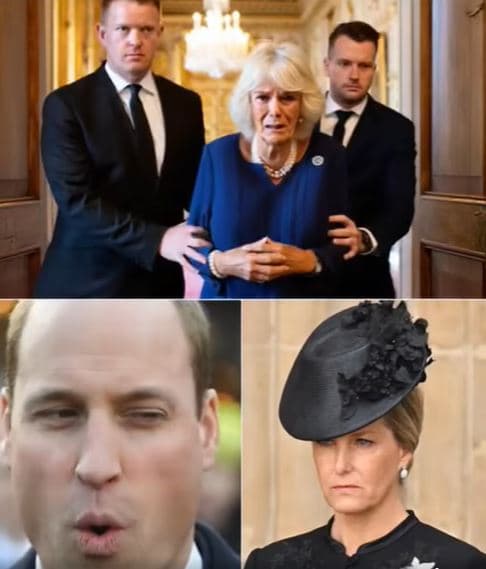

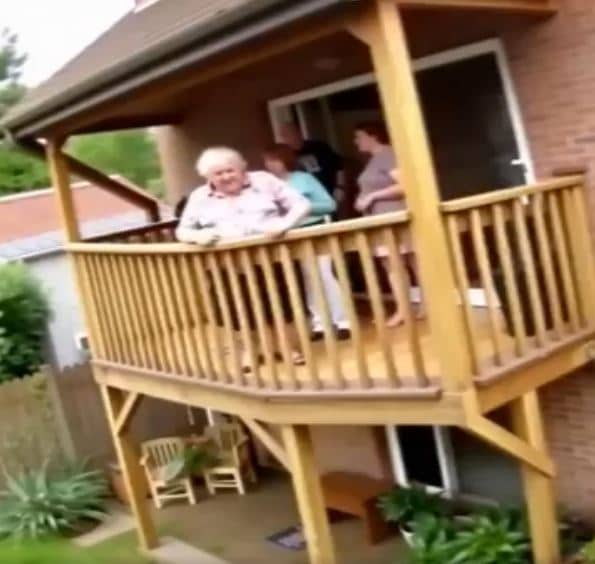




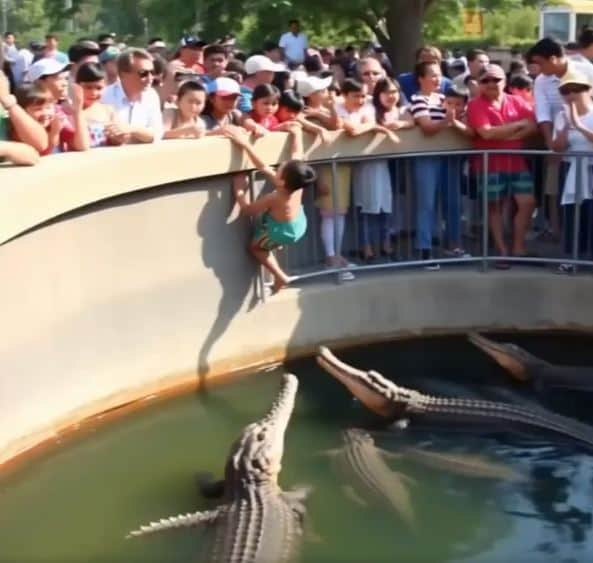




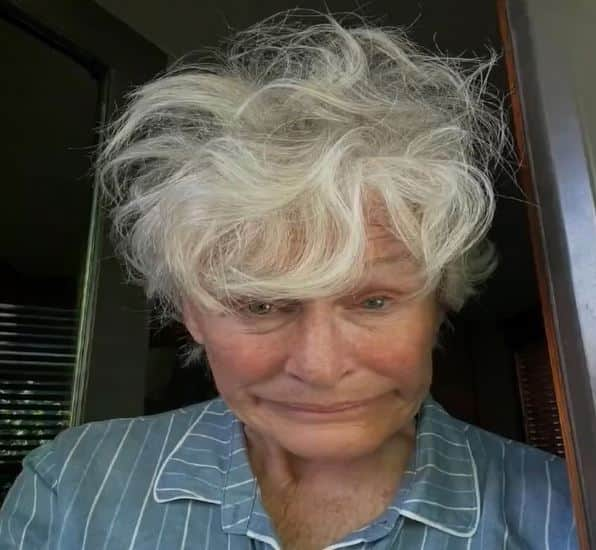
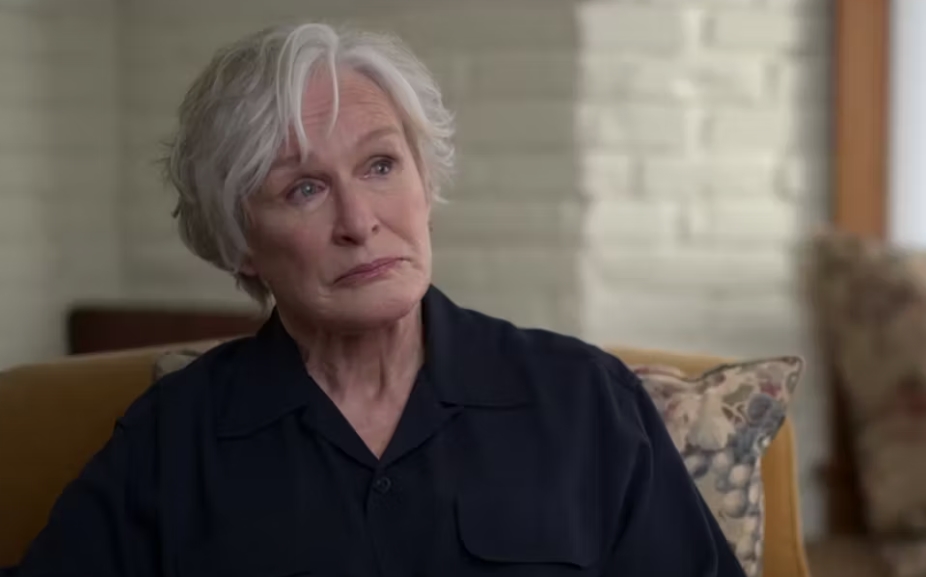
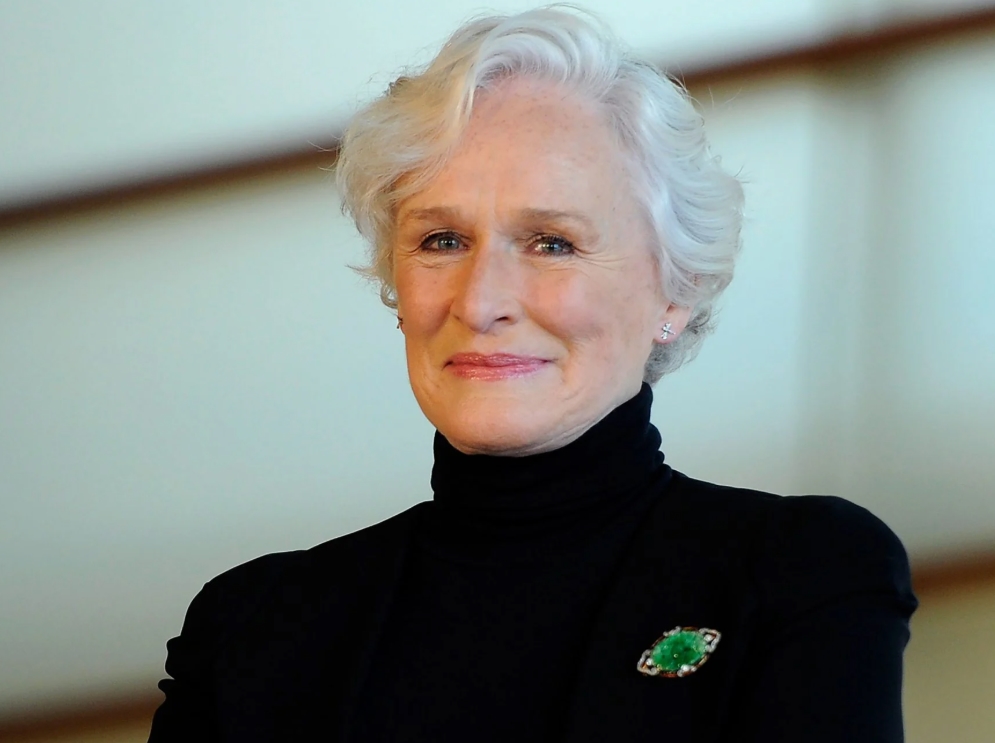
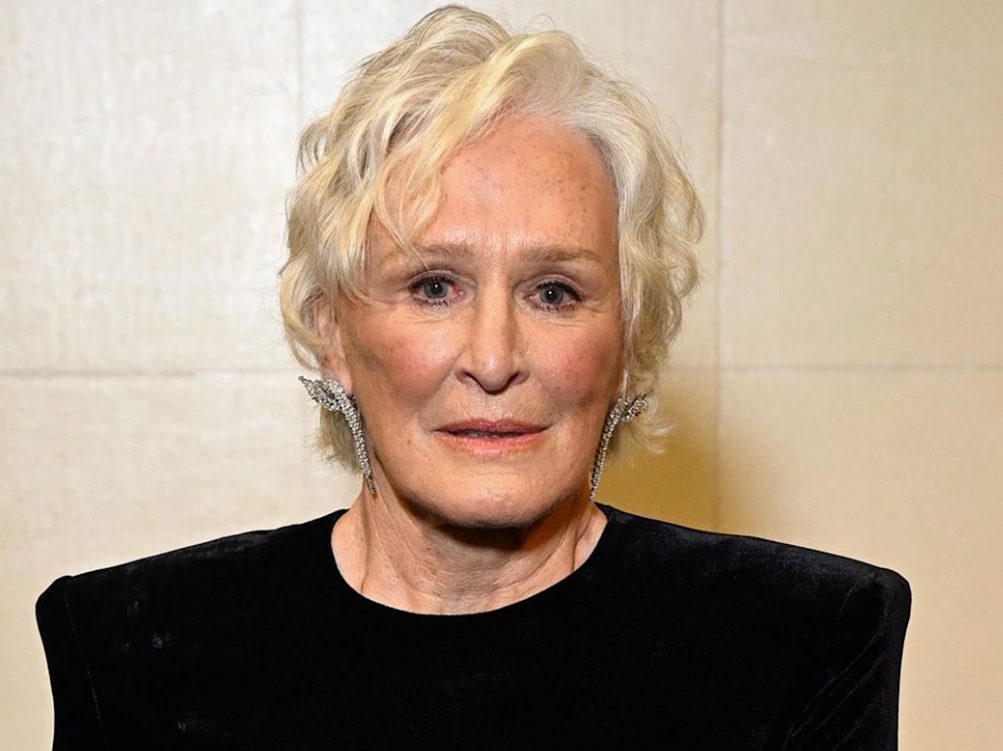
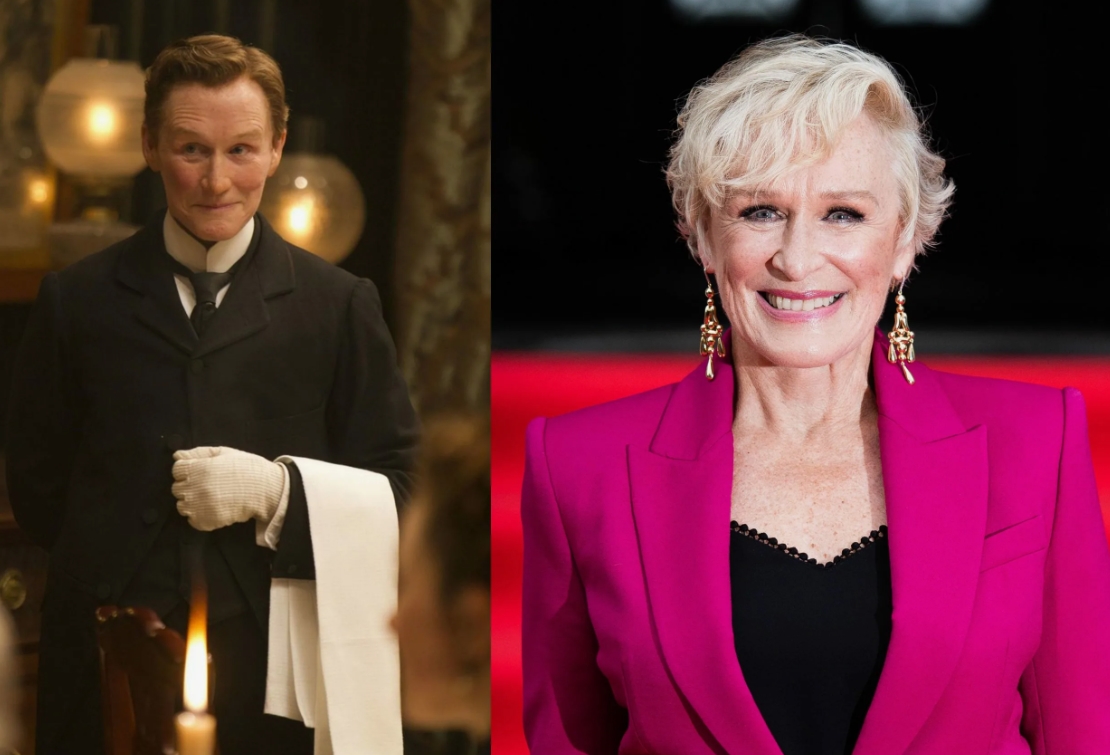
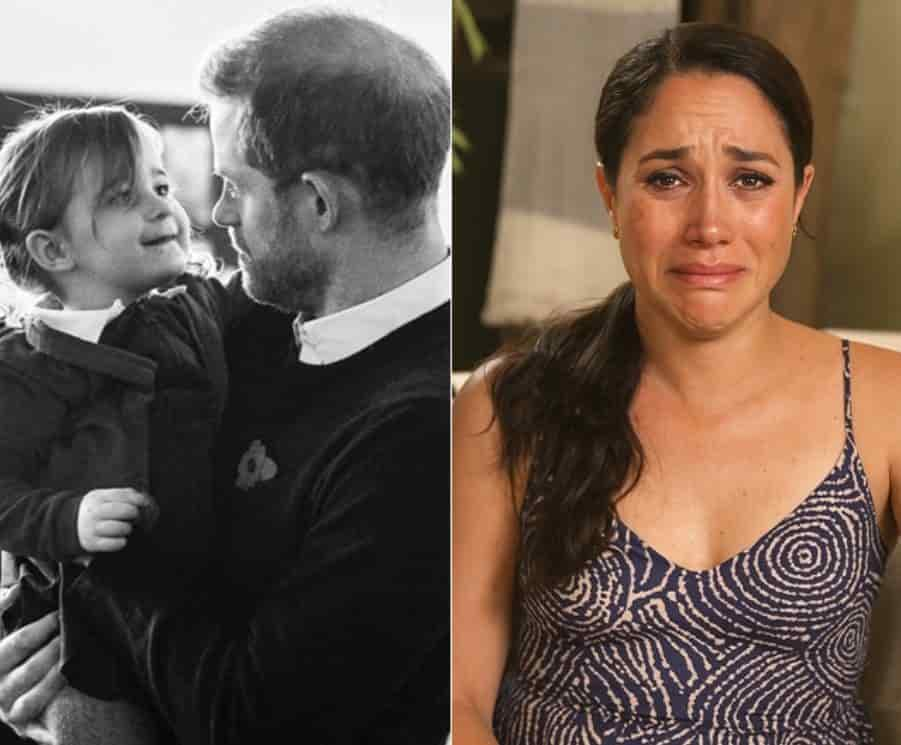







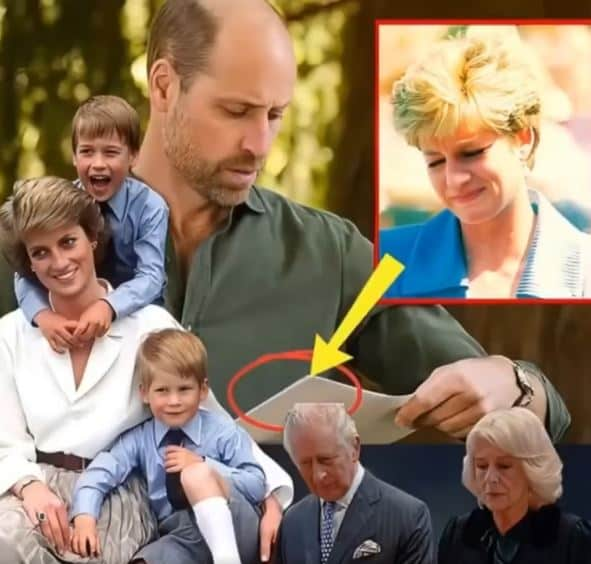


 In the early hours of Monday morning, residents living near the China–Myanmar border were jolted awake by a powerful earthquake that sent shockwaves across several countries in Southeast Asia. Registering a magnitude of 7.7, the tremor is already being described by seismologists as one of the most forceful quakes the region has endured in recent decades.
In the early hours of Monday morning, residents living near the China–Myanmar border were jolted awake by a powerful earthquake that sent shockwaves across several countries in Southeast Asia. Registering a magnitude of 7.7, the tremor is already being described by seismologists as one of the most forceful quakes the region has endured in recent decades.

